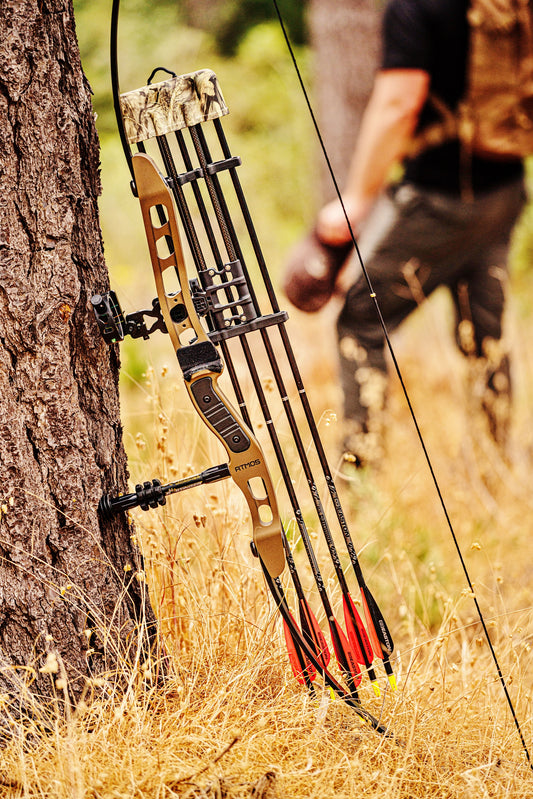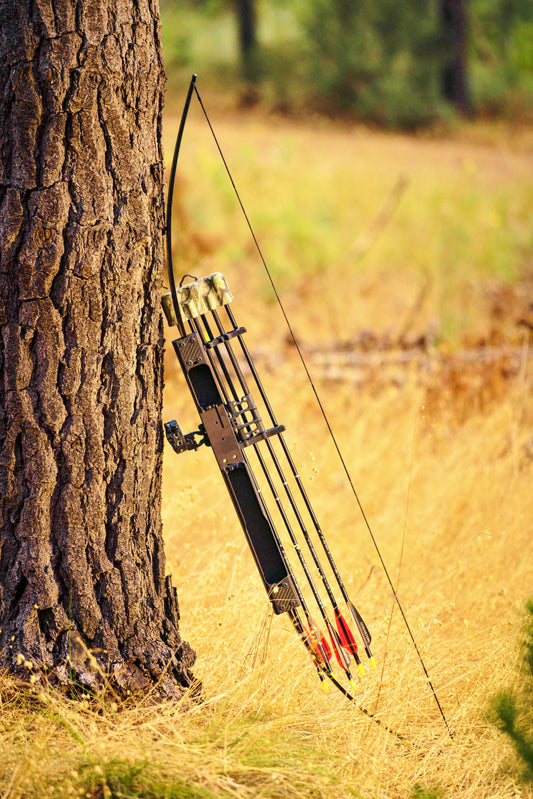Survival Bow - A Compact Folding Takedown Bow

Choosing a Traditional Bow vs a Compound Bow fo...
"Survival Bows And Who Should Consider Owning One" was the topic of my previous article and we talked about exactly what a survival bow was good for and where they excelled...
Choosing a Traditional Bow vs a Compound Bow fo...
"Survival Bows And Who Should Consider Owning One" was the topic of my previous article and we talked about exactly what a survival bow was good for and where they excelled...

Survival Bow - Who should consider owning one?
A Survival Bow is not a new concept, but what is new is the compact folding survival bow of which the SAS Tactical Survival Bow is one such bow. It was...
1 comment
Survival Bow - Who should consider owning one?
A Survival Bow is not a new concept, but what is new is the compact folding survival bow of which the SAS Tactical Survival Bow is one such bow. It was...
1 comment
